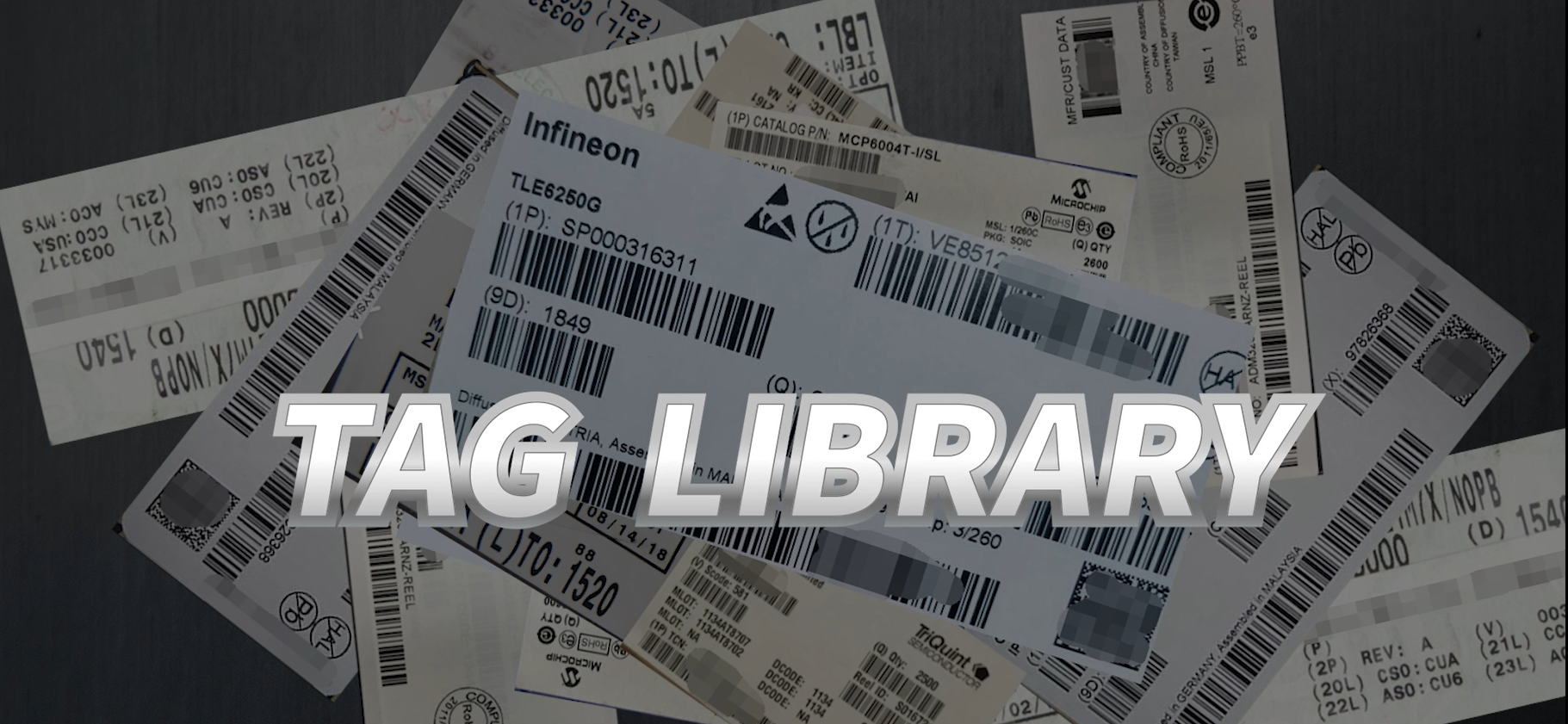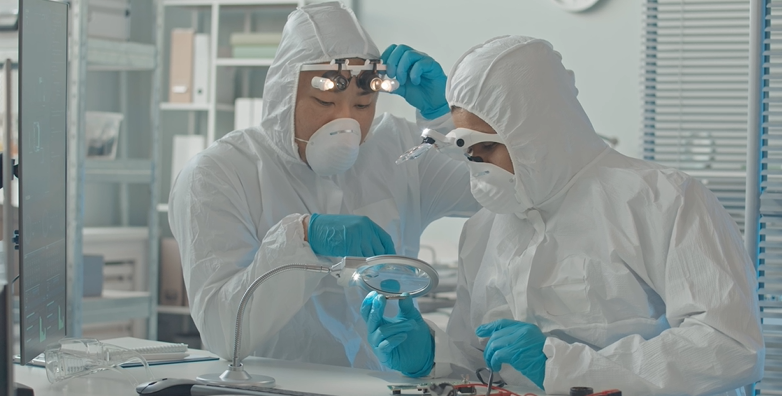-Original content, please do not reprint.
The detection methods and processes of some counterfeit and shoddy components are actually unable to identify certain components, so this is the main reason why counterfeit components still flow into the supply chain after layers of control, including many national defense and military grade components. not components can escape from this fate. Today I will share with you some processes that many people usually do, but it is easy to be ineffective in component screening methods.
Component outer packaging inspection
Tag identification
• The first one is label identification. According to normal logic, we can find an original and authentic component label and compare it with the newly purchased component label, including its LOGO position, font size, thickness, frame size and typesetting, etc., then will be confirm true and fakes。 It is clear at a glance, and it is actually correct to say so?
• However, this approach will encounter a big challenge, which is that component labels will change due to different production dates. What is more complicated is that when some brands are merged, acquired and reorganized, the label LOGO may change, which requires buyers to have There are a large number of tags for comparison, and it is necessary to add its own comparison tag library as components change at all times, which is something that many terminal purchases cannot do.
Outer packaging comparison
• Like the label, the outer box, packaging film, packaging foam, tray, desiccant, etc. in the outer packaging of the component will all change depending on the origin of the component or market factors, which also increases the difficulty of identification.
Appearance inspection equipment
many companies will purchase appearance inspection equipment to conduct product appearance inspection, which can avoid manual inspection errors. But what you don't know is that some fake and shoddy components can escape instrument detection.
image acquisition
• Use cameras and other equipment to take photos or video recording of the IC to be inspected, obtain the appearance image of the IC, and screen its appearance.
• This step requires original and genuine components for comparison, but the appearance of products from different origins and different timelines is different. If the appearance of genuine components in different periods cannot be obtained as a reference object, this test is often invalid. Because the marking code of many components will also change with different cycles.
feature matching
• Further screening of the appearance is to match the extracted features with the preset features to determine whether the IC meets the standards, such as whether there are defects, deviations, etc.
• The packaging of components generally follows unique standards. Some counterfeit components are disguised as original genuine chips of different brands with outer packaging. It is difficult to identify this part of counterfeit products by simply judging their appearance.

Clear marking
• After feature matching, the following screening is usually carried out. Whether the logo on the IC is clearly visible, without blur, damage, missing printing, etc. The appearance of the IC should be intact, without scratches, cracks or deformation.
• As mentioned just now, some counterfeit originals are not retyped or refurbished, but are counterfeited from components originally produced by other brands. The appearance of these counterfeit components is as complete as the genuine ones, and they can easily escape professional instruments. of detection entering our supply chain.
• Another testing method that I think cannot distinguish real and fake components is the solderability test.
Solder joint reliability testing
• This type of inspection is a visual inspection of whether the appearance of the solder joints meets the standards. Or use X-ray to detect internal quality problems of solder joints, ultrasonic testing and other methods to detect internal problems of solder joints. However, this is only for understanding the solderability of the chip. It cannot identify fake and inferior chips because there are many counterfeit components. The solderability is intact and complete.

SO, it is necessary to make detection plans based on different component types to identify real and fake components. Gradually, conventional detection and screening methods can no longer distinguish.






